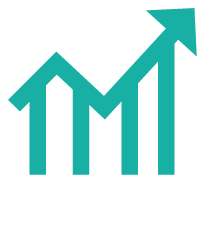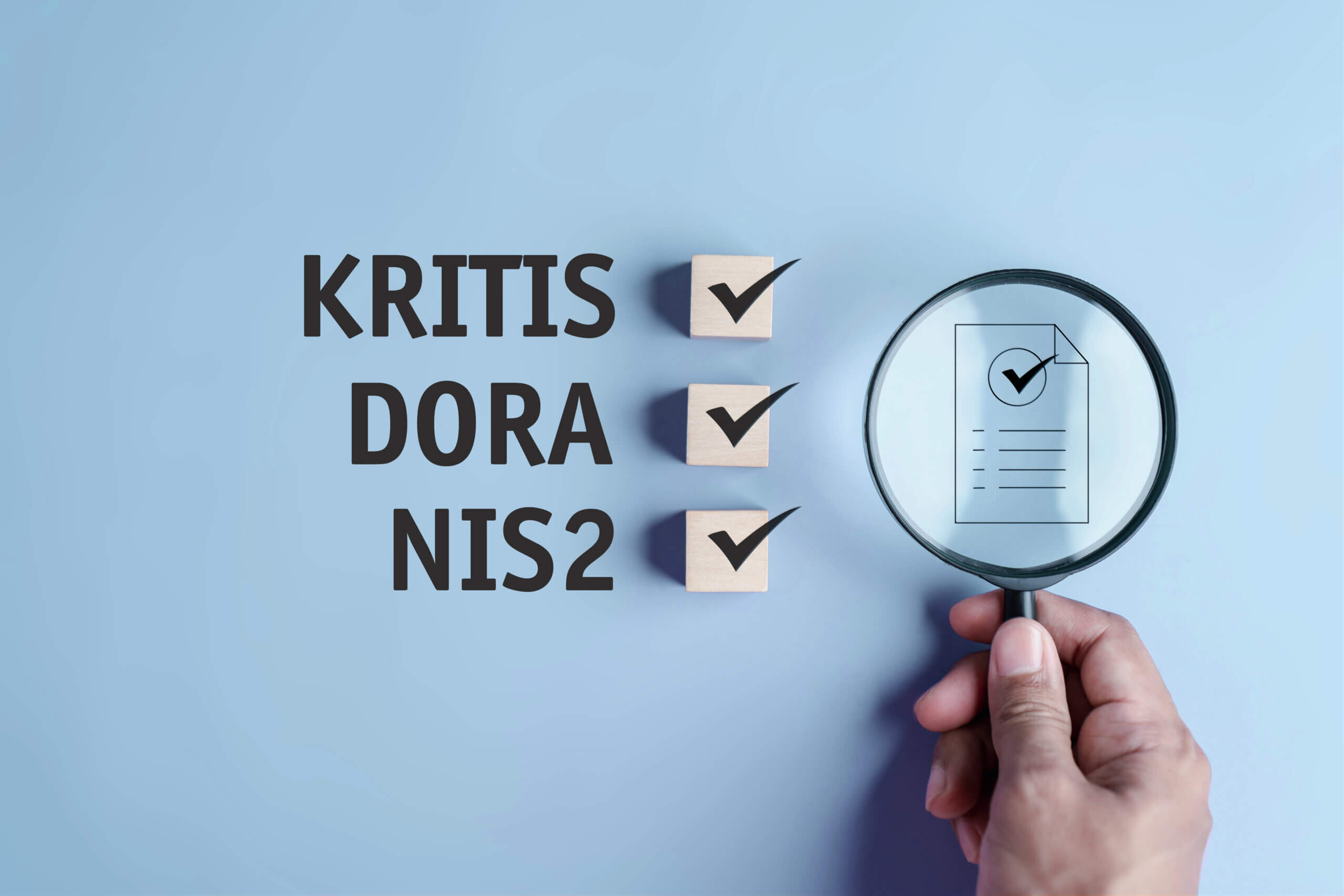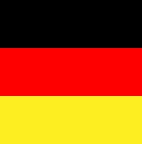
Network Management Blog - by StableNet®
Regular posts on all things around automated network & service management
Regular posts on all things around automated network & service management

Features, trends and new product development
The Growing Impact of KRITIS, DORA, & NIS 2 on Network Management & Reporting
February 10th 2025, Würzburg
In an era of increasing cybersecurity risks and regulatory pressure, network operators must navigate a complex landscape of compliance frameworks. Three key regulations—KRITIS, DORA, and NIS 2—are shaping the future of network management and reporting requirements. While each framework serves a distinct purpose, they share common goals in strengthening resilience, cybersecurity, and operational stability across critical infrastructure. Understanding their differences and similarities is essential for network operators to ensure compliance and optimize their security strategies.

KRITIS, DORA, and NIS 2: Understanding the Basics
1. KRITIS (Critical Infrastructure Protection – Germany)
- KRITIS is Germany’s regulatory framework focused on protecting critical infrastructure, including energy, healthcare, telecommunications, and IT services.
- It mandates stringent security measures, risk assessments, and reporting obligations for organizations classified as critical infrastructure operators.
- Operators must meet strict cybersecurity and resilience standards, including incident reporting and risk management.
2. DORA (Digital Operational Resilience Act – EU)
- DORA is an EU-wide regulation specifically targeting the financial sector to enhance digital resilience and cybersecurity.
- It requires financial entities and third-party ICT providers to implement stringent security measures, operational risk management, and incident reporting mechanisms.
- DORA emphasizes the resilience of financial networks and mandates stress testing for cybersecurity preparedness.
3. NIS 2 (Network and Information Security Directive – EU)
- NIS 2 is the updated version of the EU’s original NIS Directive, expanding its scope to cover more sectors, including energy, transport, digital infrastructure, and cloud service providers. For more information read our previous blogpost on NIS2.
- It introduces stricter cybersecurity obligations, such as enhanced risk management, improved incident response, and stronger supply chain security.
- A key focus is harmonized reporting requirements to ensure rapid and coordinated responses to cybersecurity threats.
Similarities: A Converging Approach to Cybersecurity and Resilience
While KRITIS, DORA, and NIS 2 have distinct scopes and target industries, they share fundamental similarities that will increasingly impact network operators:
- Emphasis on Cybersecurity: All three regulations mandate stronger cybersecurity measures, including risk management frameworks, incident detection, and mitigation strategies.
- Mandatory Reporting and Compliance: Organizations must report cyber incidents within strict timelines to national authorities and regulatory bodies.
- Operational Resilience: They require organizations to enhance their resilience to cyber threats and operational disruptions, ensuring business continuity.
- Third-Party and Supply Chain Security: There is a growing focus on ensuring that third-party vendors and service providers adhere to cybersecurity standards.
- Penalties for Non-Compliance: Failure to comply with these regulations can lead to significant fines, reputational damage, and legal consequences.
Differences: Sector-Specific vs. Broad Coverage
Despite their similarities, each regulation has unique attributes that affect network operators differently:
- Industry Scope:
- KRITIS applies specifically to German critical infrastructure sectors.
- DORA is exclusive to the financial sector and its ICT service providers.
- NIS 2 has the broadest application, covering multiple industries across the EU.
- Incident Reporting Requirements:
- KRITIS mandates reporting within 72 hours to the German Federal Office for Information Security (BSI).
- DORA enforces strict financial sector-specific reporting obligations, including periodic stress testing.
- NIS 2 harmonizes reporting across the EU, requiring immediate notification of incidents with potential cross-border impacts.
Impact on Network Management and Reporting Requirements
For network operators, these regulations introduce stricter security and operational requirements that will shape future network management strategies:
- Increased Reporting Obligations: Organizations must establish robust logging and monitoring capabilities to meet the stricter reporting requirements of NIS 2 and KRITIS.
- Stronger Risk Management Frameworks: DORA’s emphasis on resilience will push network operators—especially those serving financial institutions—to implement more comprehensive risk assessments and stress testing.
- Enhanced Security Controls: Network operators will need to adopt advanced security measures, such as zero-trust architectures, continuous monitoring, and threat intelligence sharing.
- Greater Accountability for Third-Party Risks: With a focus on supply chain security, companies must ensure that vendors and partners adhere to compliance requirements.
- Harmonization and Standardization: The convergence of these regulations will drive standardization in cybersecurity practices, making compliance frameworks more unified across industries.
StableNet® can Help in Preparing for the Future
As KRITIS, DORA, and NIS 2 continue to evolve, network operators must stay ahead by investing in compliance-driven network security solutions. StableNet® helps with automated reporting, real-time threat monitoring, and proactive risk management. By aligning with these frameworks with StableNet®, organizations can not only achieve compliance but also enhance their overall security posture, ensuring a resilient and future-proof network infrastructure.
Conclusion
The growing impact of KRITIS, DORA, and NIS 2 signals a shift towards stricter cybersecurity governance and operational resilience. While each framework has its own focus, their collective influence will drive network operators to strengthen security, improve reporting mechanisms, and adopt a more proactive approach to risk management. StableNet® is a foundational toolset for adapting to these evolving regulations, maintaining compliance and safeguarding critical networks in the years to come.

Dr. David Toumajian
Director of Marketing @ Infosim® GmbH & Co. KG
David is the Director of Marketing at Infosim®, where he is responsible for planning and implementing communications and market research strategies, as well as aligning interdepartmental initiatives. Before joining Infosim®, Dr. Toumajian was a marketing professor for many years, specializing in consumer behavior, market research methodologies and branding. He received his PhD from the University of Utah in 2005 and his M.B.A. from the Fachhochschule Reutlingen in 2000.

Software
Made in Germany
